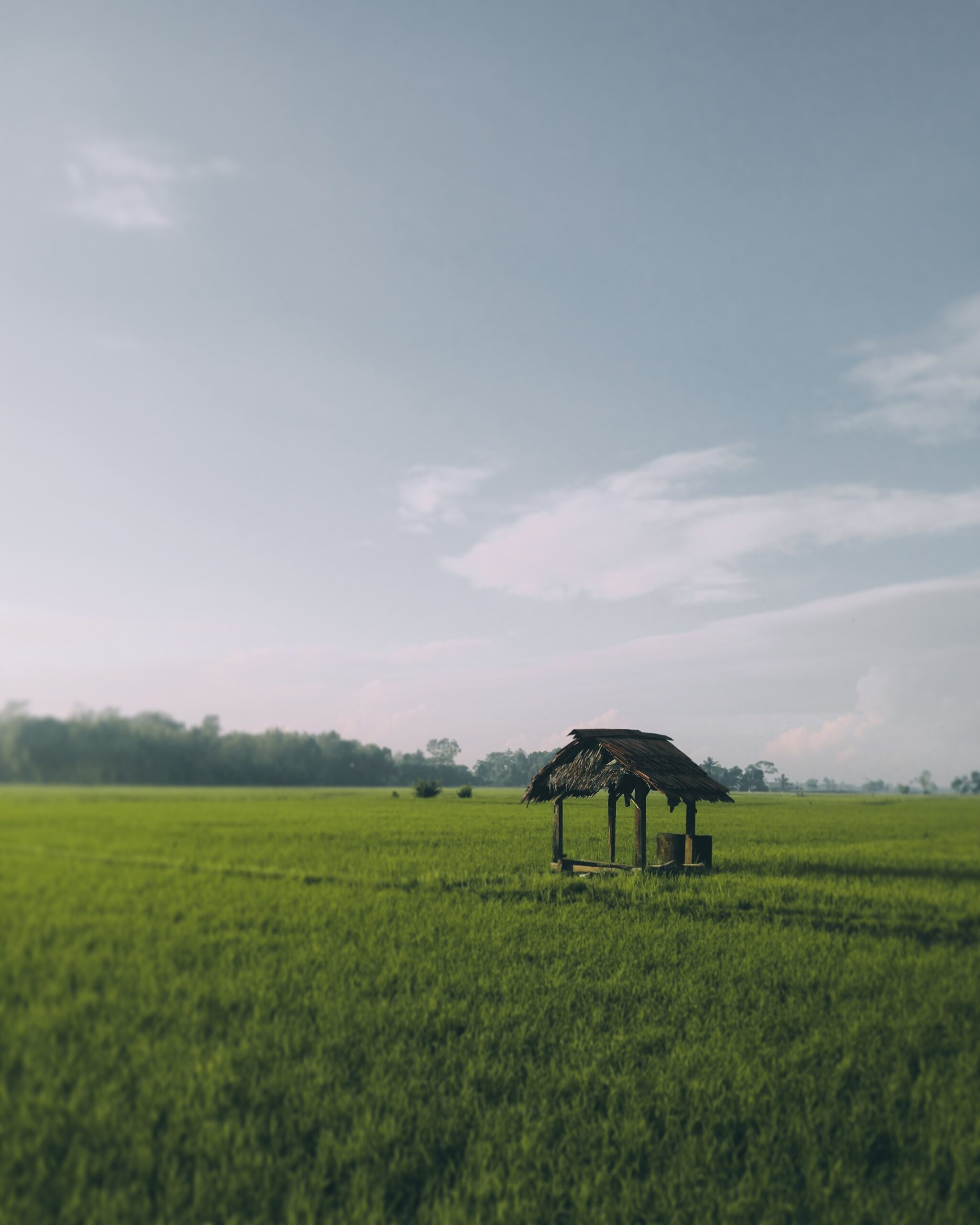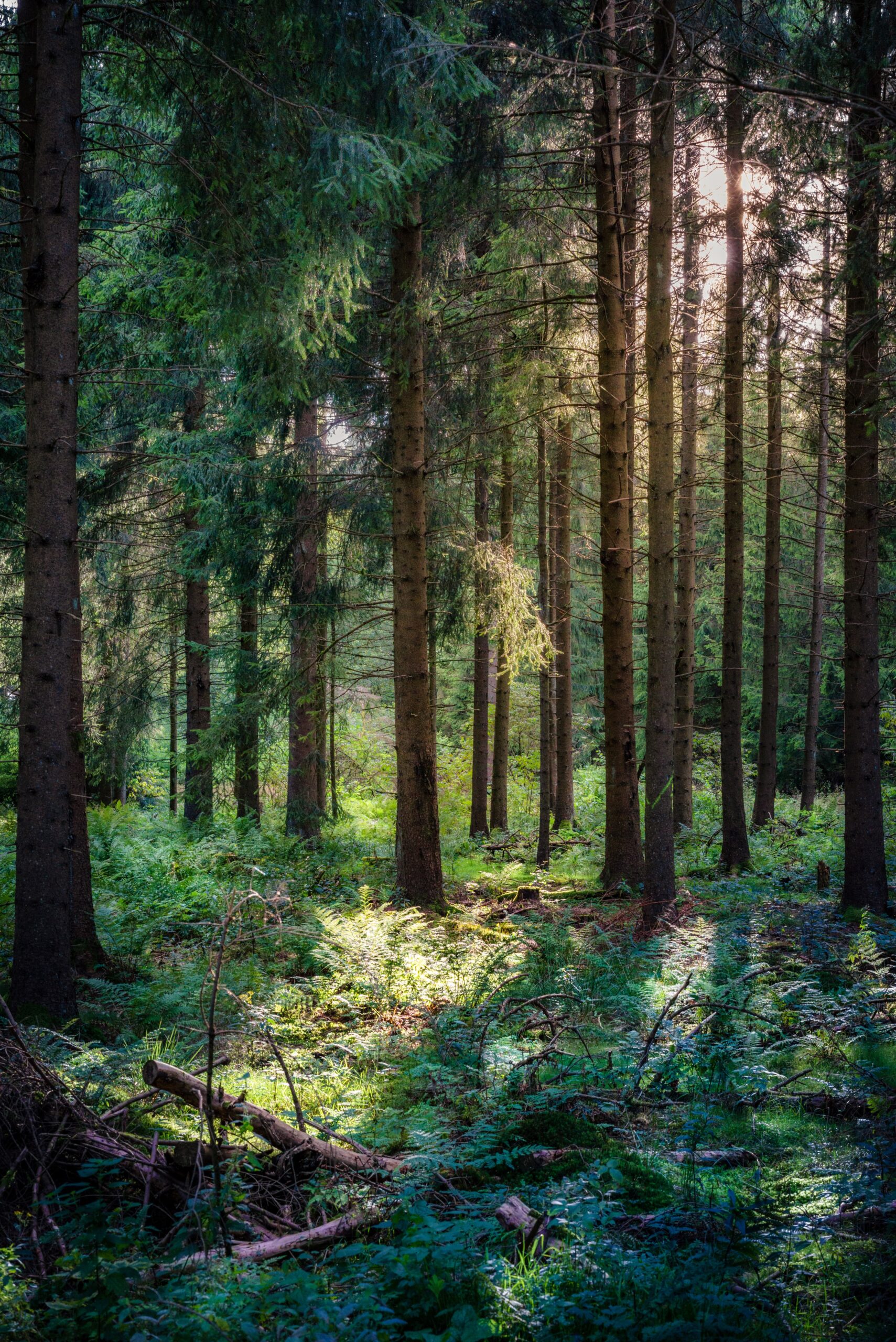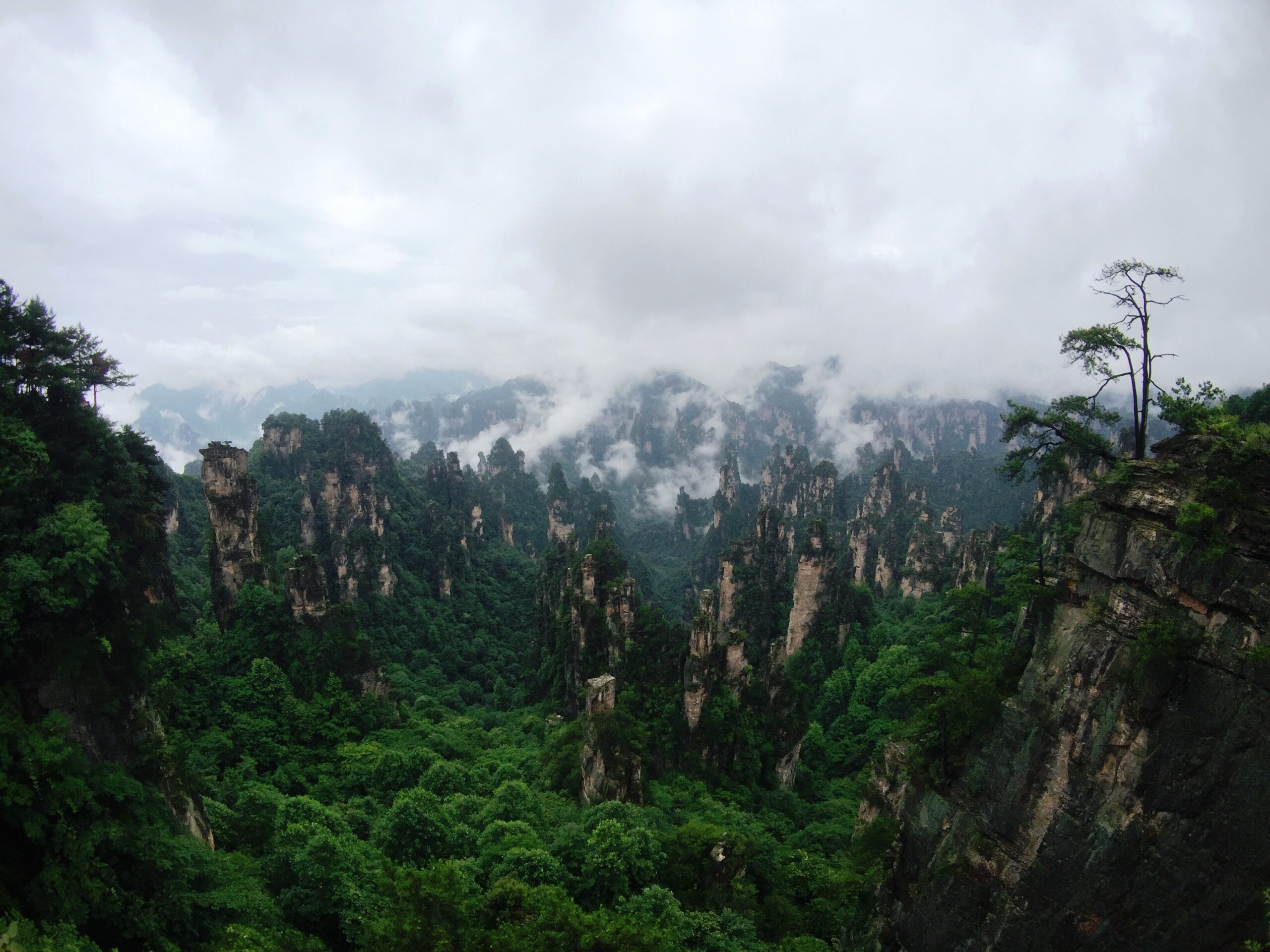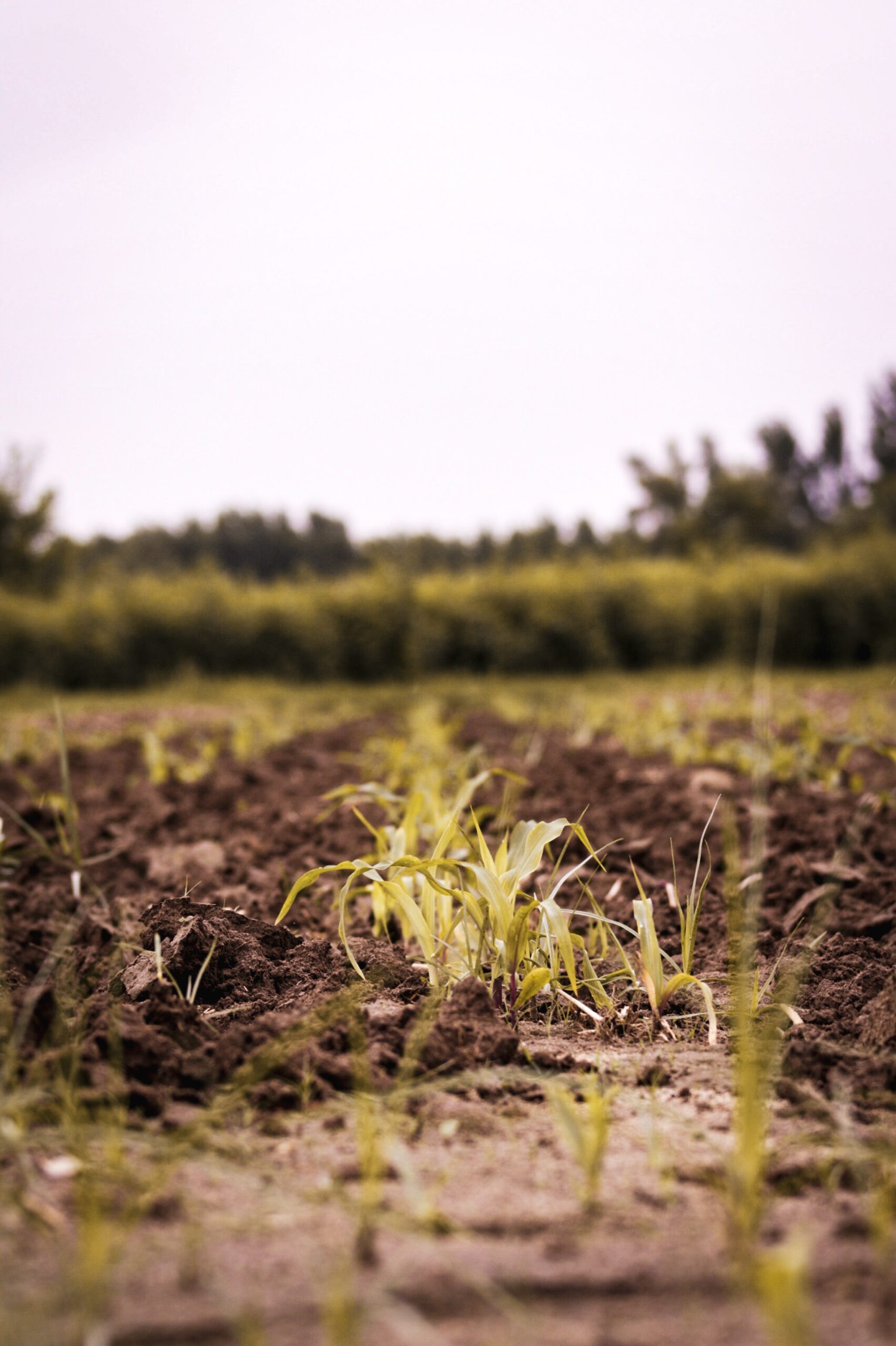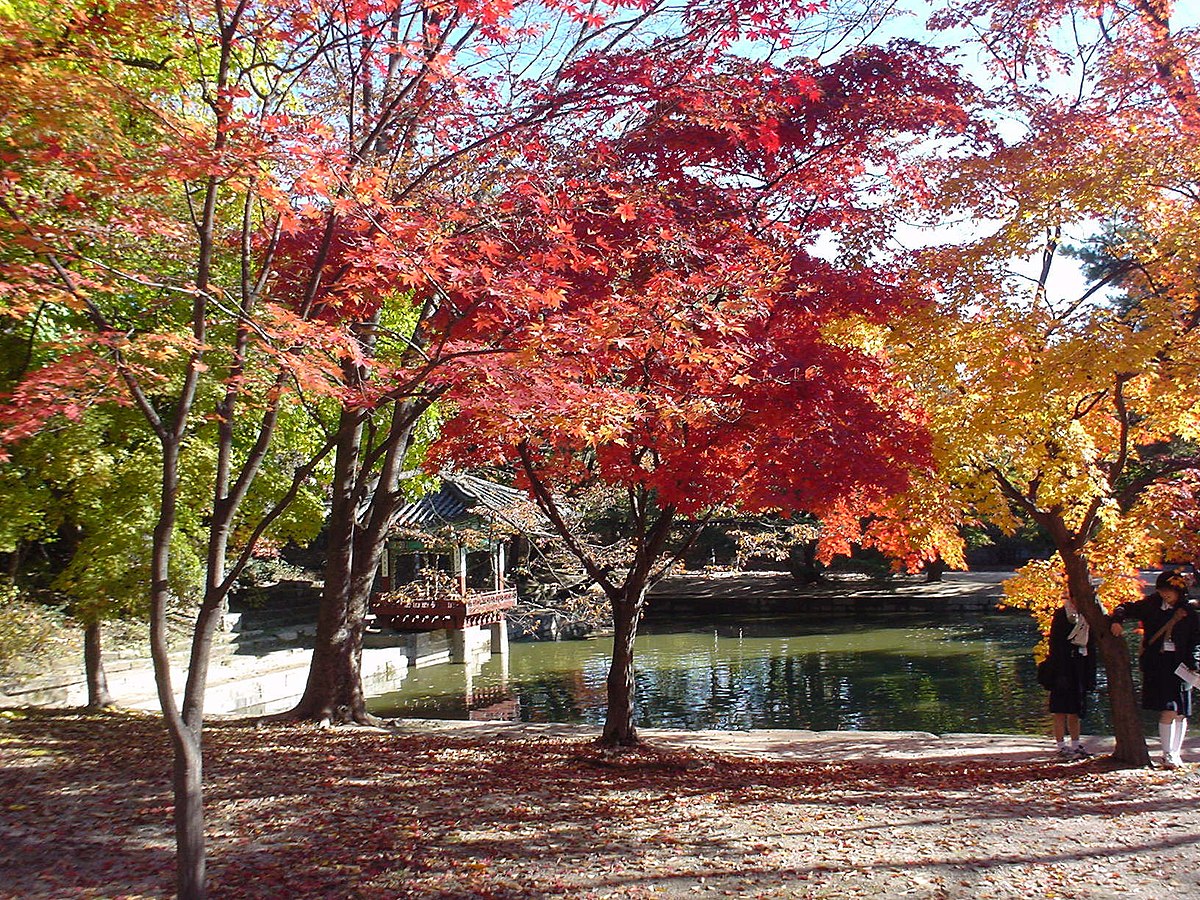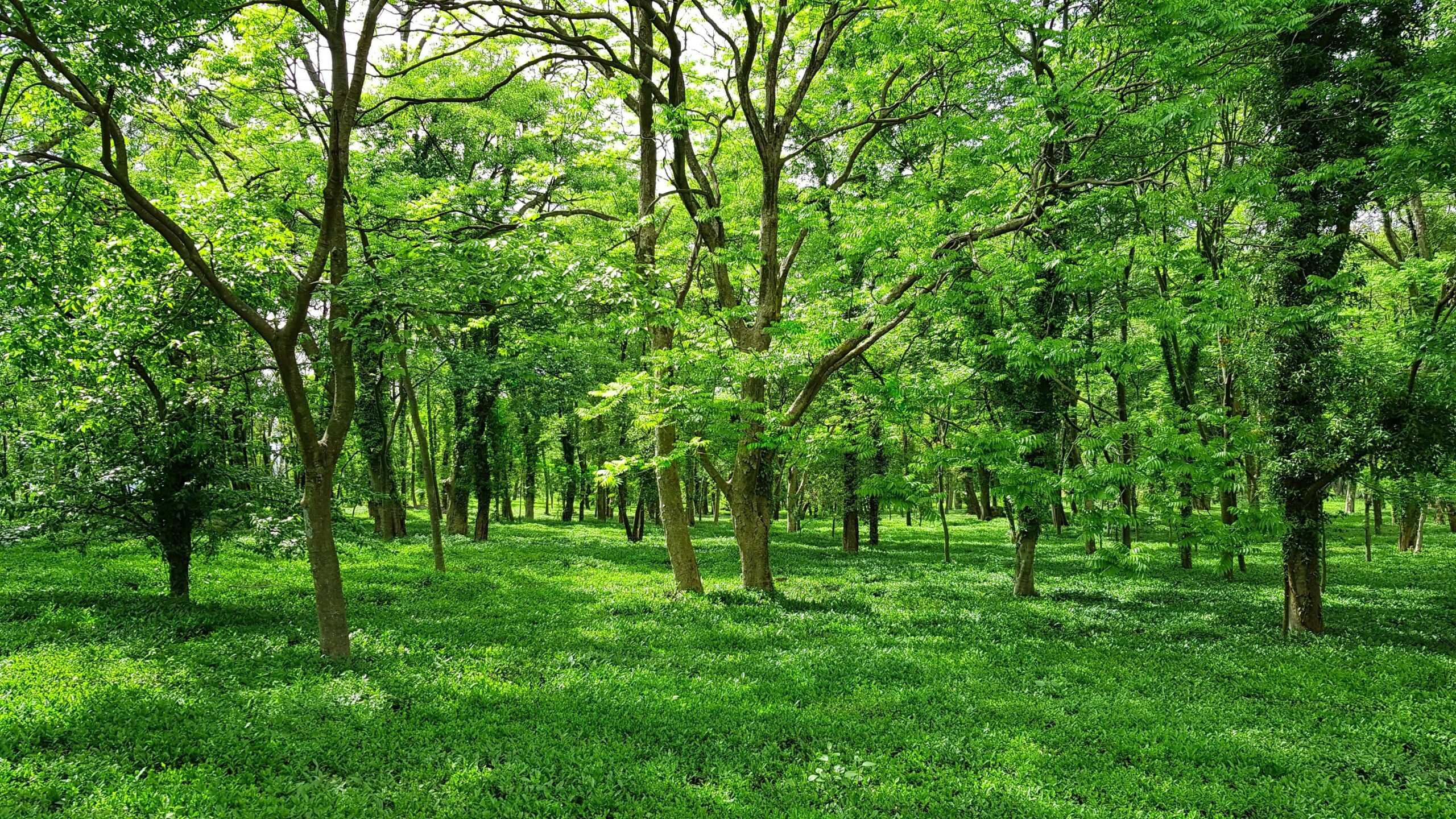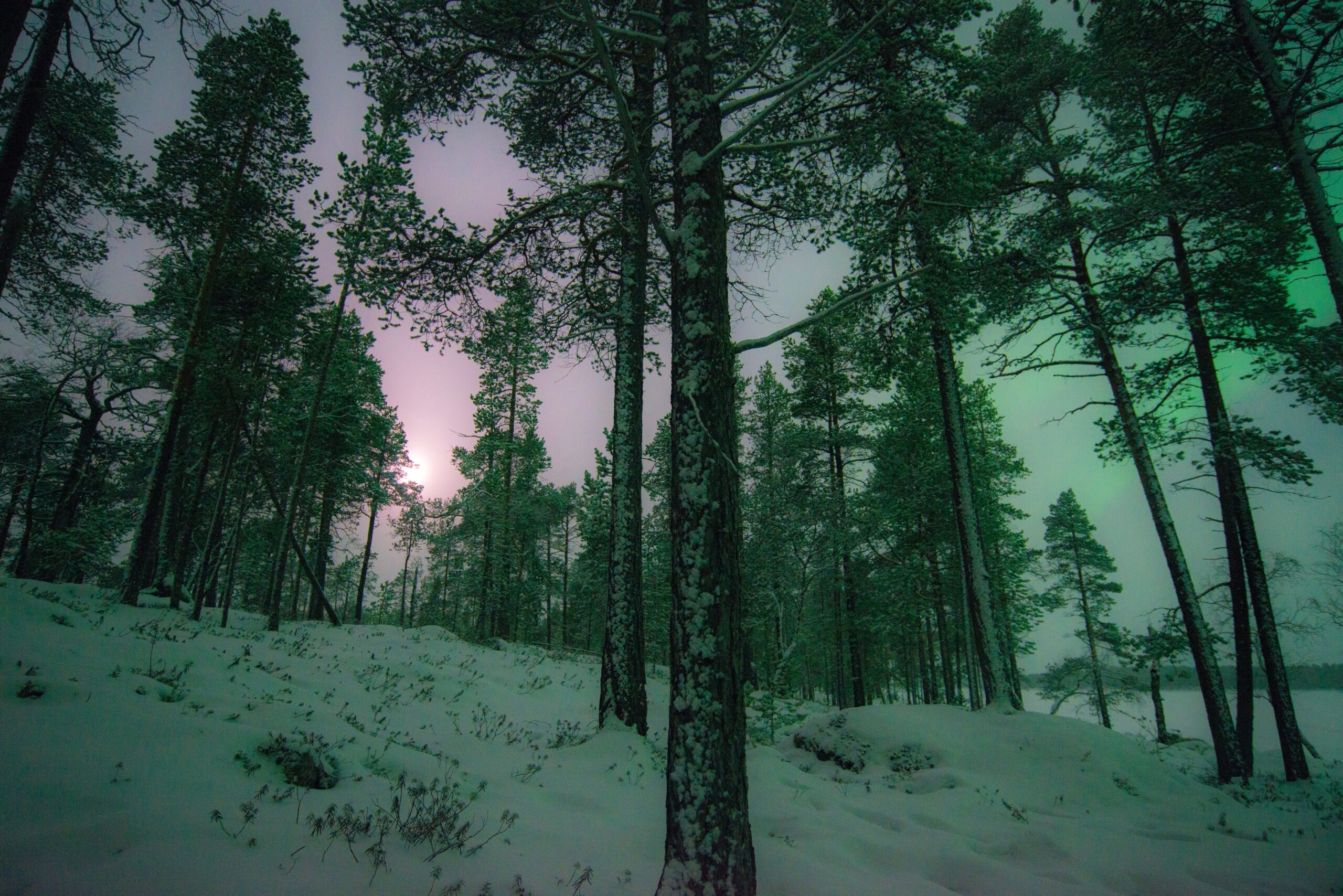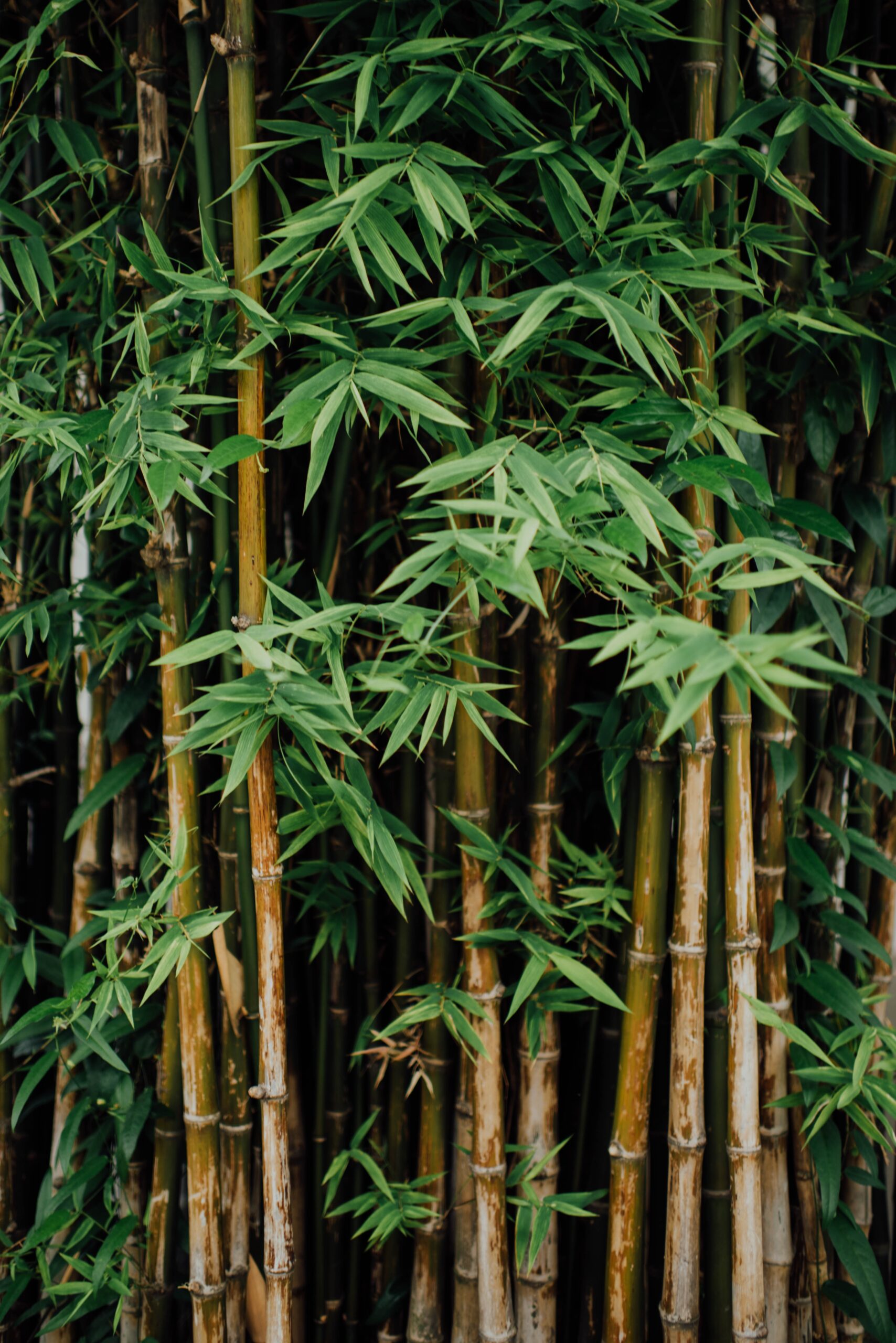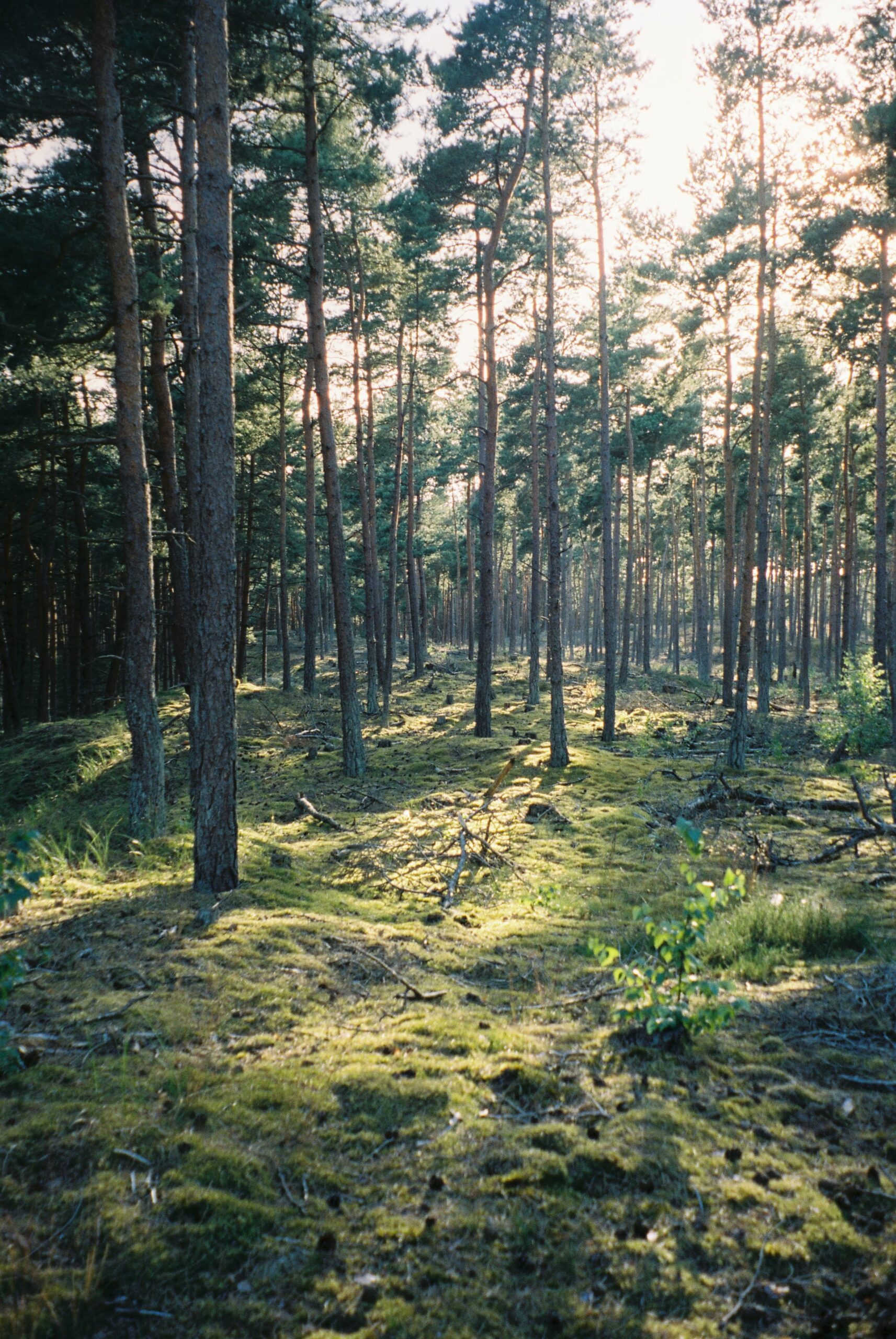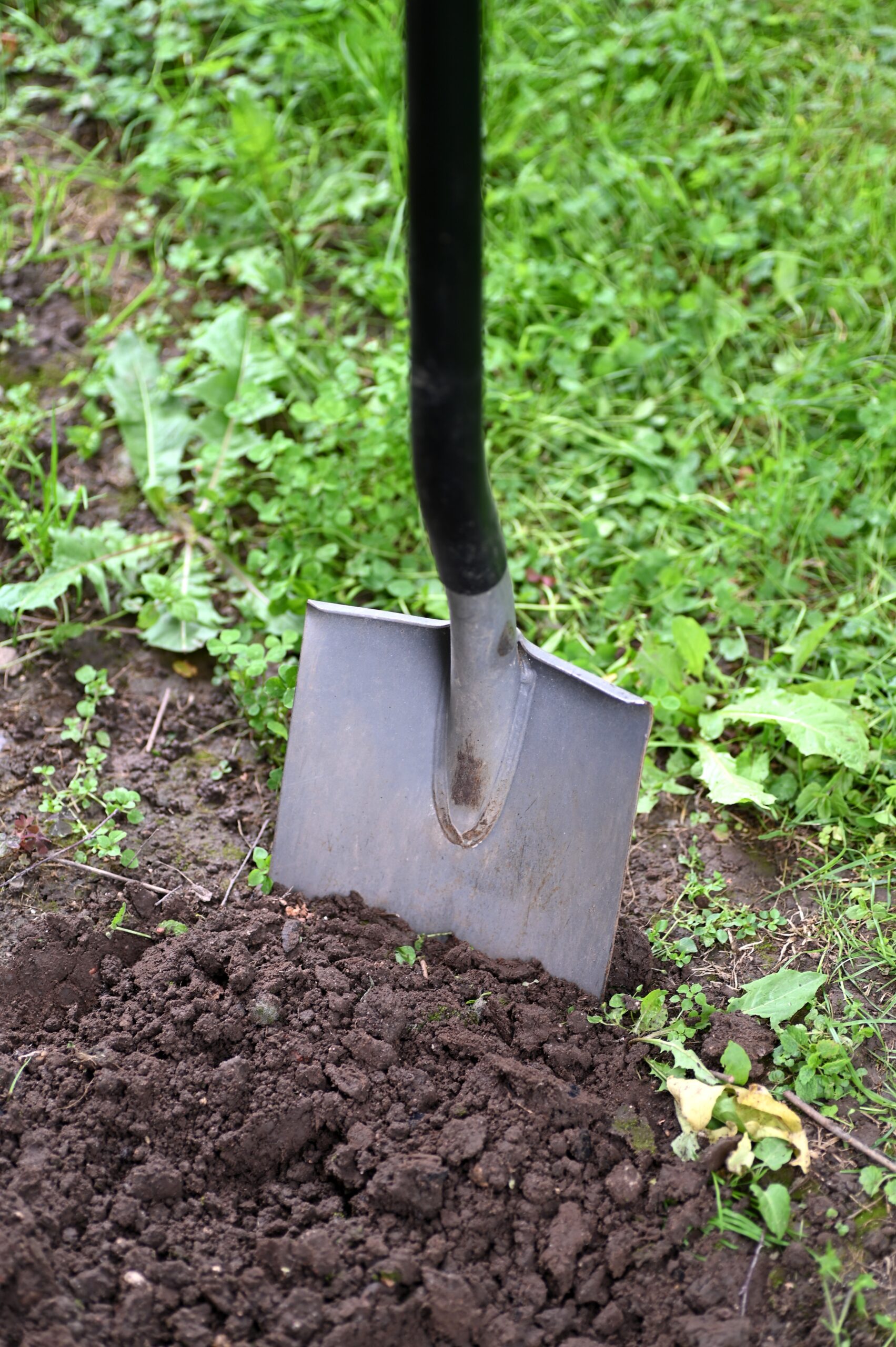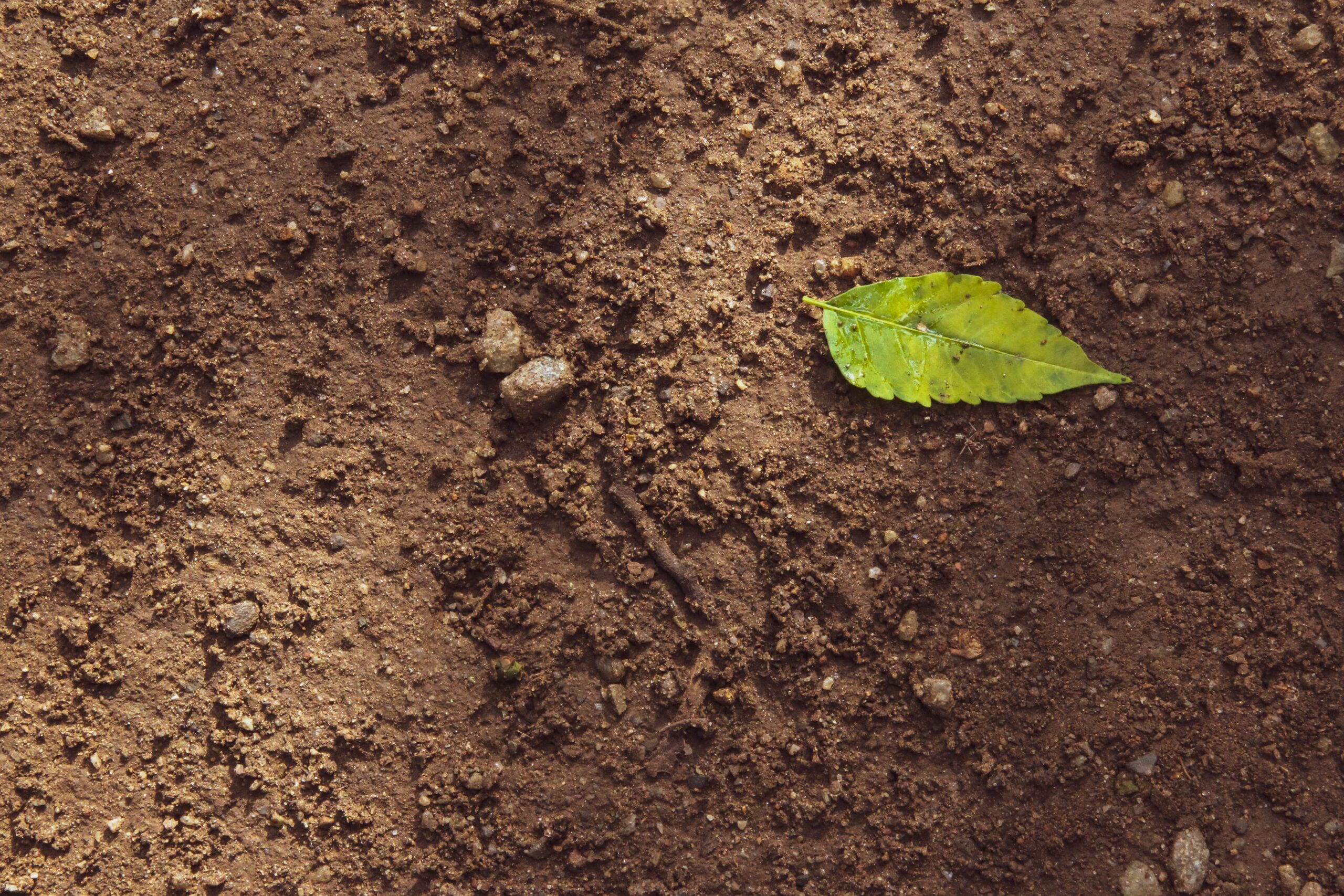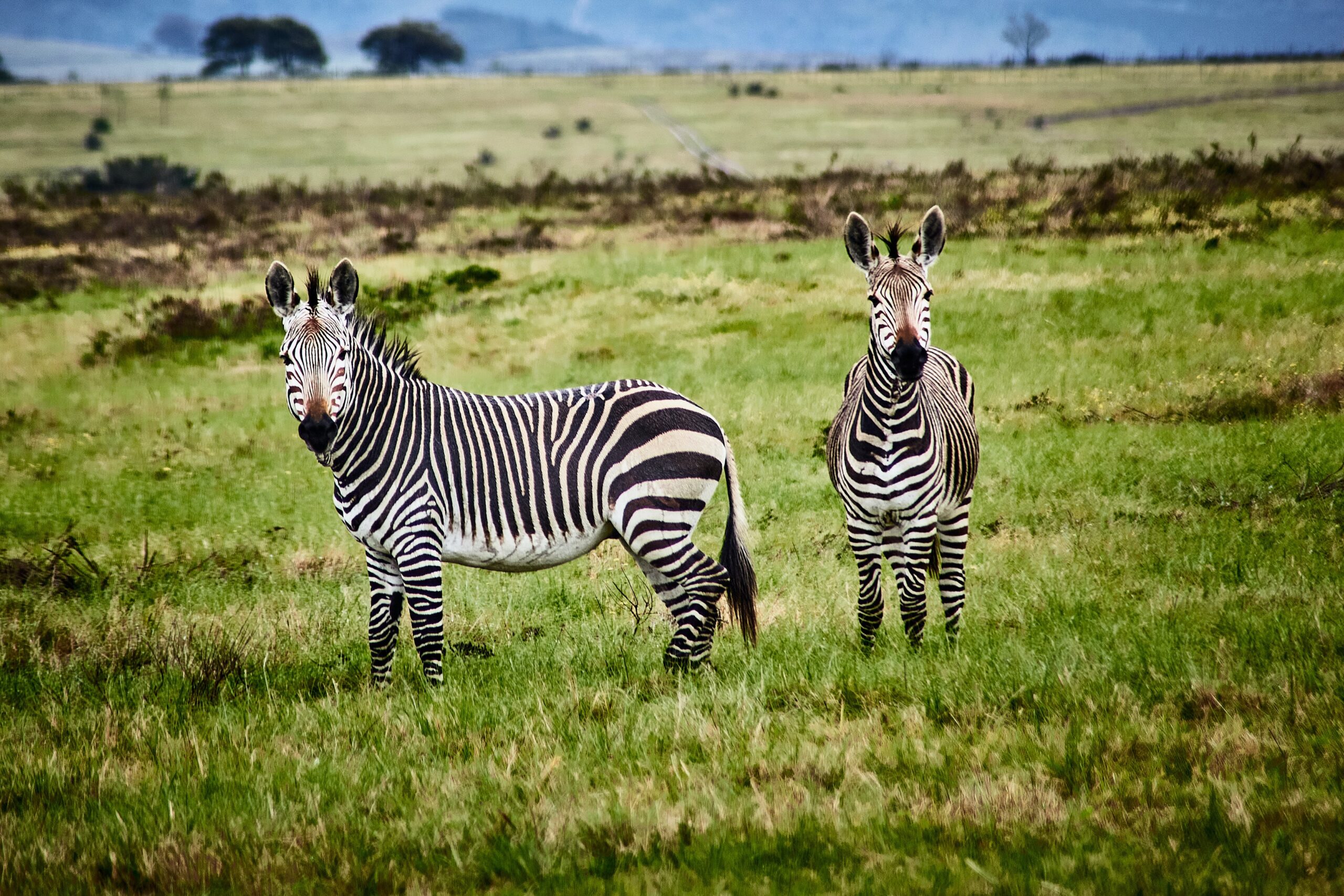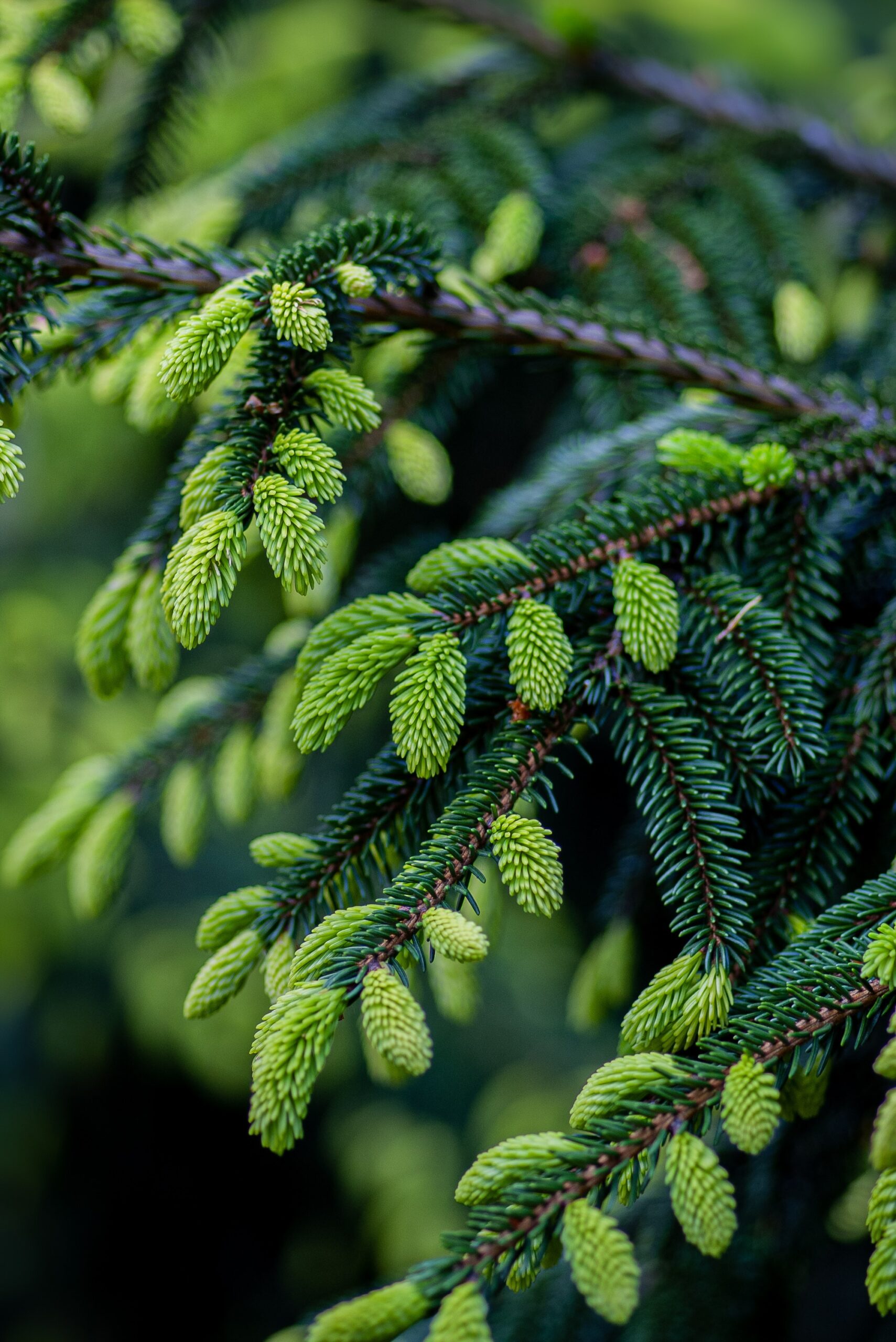Summary 1. Concern about a global decline in wild pollinators has increased interest in how pollinators are affected by human land use, and how this, in turn, affects crop pollination. 2. We measured wild bee visitation to four summer vegetable crops, and investigated associations between flower visitation rates and land-use intensity at local and landscape scales. We studied 29 farms in New Jersey and Pennsylvania, USA. Over 2 years we recorded >7400 bee visits to crop flowers and identified 54 species of wild bees visiting crops. 3. Wild bees were the dominant flower visitors at three of the four crops studied; domesticated honeybees, Apis mellifera L., provided the remainder of visits. 4. Ordination of the two best-studied crops showed that the wild bee species visiting tomato, Solanum Lycopersicum L., were distinct from those visiting watermelon, Citrullus lanatus (Thunb.) Matsum. & Nakai. 5. Crop visitation by wild bees was not associated with organic farming, nor with natural habitat cover at either local or landscape scale. 6. Synthesis and applications. The extent of crop visitation by wild bees observed in this study is among the highest recorded. In contrast to previous studies of crop visitation by wild bees, we did not find negative effects of conventional farming or natural habitat loss. In our study system, organic and conventional farms differ little in field size, crop diversity, and weedy flower diversity, unlike some systems where organic farms have smaller fields with greater crop and weed diversity. Such variables may be more important than organic vs. conventional farming practices. Second, small patches of natural habitat are dispersed throughout our entire study system, and this habitat heterogeneity may support high bee abundance even in landscapes with a low proportion of natural habitat overall. Our findings suggest that agri-environment schemes and similar programs that work through local habitat restoration should target farms in intensively agricultural (homogeneous) landscapes to gain maximum conservation benefits. Journal of Applied Ecology (2007) DOI: 10.1111/j.1365-2664.2007.01418.x
Wild bee pollinators provide the majority of crop visitation across land-use gradients in New Jersey and Pennsylvania, USA
Year: 2008




















































































































































































































































































































































































































































































































































































































































































































































































































































































































































































































